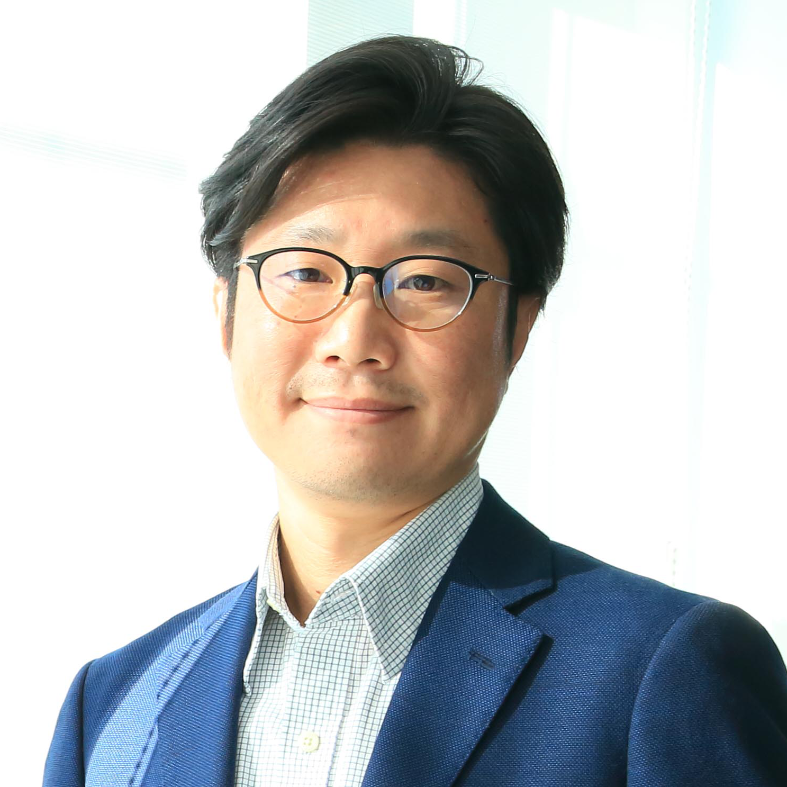Related Outline
Mitsuru Morimoto is Team Director of the Laboratory for Lung Development and Regeneration at the RIKEN Center for Biosystems Dynamics Research (BDR). He has trained as a developmental biologist with a focus on mouse organogenesis. His lab focuses on identifying analogies in cell signaling among development, regeneration and diseases of the respiratory system using mouse genetics and in vitro culture for multicellular systems such as organoids. By understating molecular bases of developmental biology, his lab is attempting to control tissue stem cells at adult and establish a protocol to reconstruct pulmonary tissues from human ESCs/iPSCs.
He is deeply inspired by the inherent beauty of organ shapes, which are precisely designed to support function. This fascination drives him to ask how is organ morphology encoded in the genome, and how is that information interpreted during development?
Recent advances in organoid culture have enabled the partial reconstruction of human tissue architecture and function in vitro through the self-organization of stem cells. Using the respiratory system including lung and trachea as a model, his lab studies both morphogenesis and the mechanisms of differentiation into specialized cell types.
Career
Mitsuru Morimoto has completed his Ph.D. at the Graduate School of Life Sciences, Tokyo University of Pharmacy and Life Sciences. He began his research career as a postdoctoral fellow at the National Institute of Genetics to study mouse somitogenesis. During his time abroad at Washington University in St. Louis in the laboratory of Dr. Raphael Kopan, he initiated his research on respiratory system development. There, he discovered that Notch signaling plays a key role in determining the fate of six distinct lung cell types. Upon returning to Japan, he continued his research at the National Institute of Genetics as an assistant professor, and later became the team leader of the Laboratory for Lung Development and Regeneration at the RIKEN Center for Developmental Biology (CDB). His current research focuses on the molecular mechanisms of respiratory development and regeneration, integrating genetics and organoid culture systems. In 2018, his institute has reorganized to RIKEN Center for Biosystems Dynamics Research (BDR).
Representative Achievements
- Autocrine TGF-β-positive feedback in profibrotic AT2-lineage cells plays a crucial role in non-inflammatory lung fibrogenesis.
Enomoto Y, Katsura H, Fujimura T, Ogata A, Baba A, Yamaoka A, Kihara M, Abe T, Nishimura O, Kadota M, Hazama D, Tanaka Y, Maniwa Y, Nagano T, *Morimoto M.
Nature Communications vol. 14, Article number: 4956 (2023)
DOI: 10.1038/s41467-023-40617-y - Identifying a Lung Stem Cell Subpopulation by Combining Single-Cell Morphometrics, Organoid Culture, and Transcriptomics.
Fujimura T, Enomoto Y, Katsura H, Ogawa T, Baba S, Ogata A, Yamaoka A, Shiroguchi K, *Morimoto M.
Stem Cells 41, 809–820 (2023)
DOI: 10.1093/stmcls/sxad044 - Kishimoto K, Iwasawa K, Sorel A, Ferran-Heredia C, Han L, Morimoto M, Wells JM, Takebe T, *Zorn AM.
Directed differentiation of human pluripotent stem cells into diverse organ-specific mesenchyme of the digestive and respiratory systems.
Nature protocols 17, 2699–2719 (2022).
DOI: 10.1038/s41596-022-00733-3 - Airway basal stem cells reutilize the embryonic proliferation regulator, Tgfβ-Id2 axis, for tissue regeneration.
Kiyokawa H, Yamaoka A, Matsuoka C, Tokuhara T, Abe T, *Morimoto M.
Developmental Cell 56, 1917-1929 (2021).
DOI: 10.1016/j.devcel.2021.05.016 - Bidirectional Wnt signaling between endoderm and mesoderm confers tracheal identity in mouse and human cells.
Kishimoto K, Furukawa KT, Luz-Madrigal A, Yamaoka A, Matsuoka C, Habu M, Alev C, Zorn AM, *Morimoto M.
Nature Communications vol. 11, Article number: 4159 (2020).
DOI: https://doi.org/10.1038/s41467-020-17969-w - Synchronized mesenchymal cell polarization and differentiation shape the formation of the murine trachea and esophagus.
Kishimoto K, Tamura M, Nishita M, Minami Y, Yamaoka A, Abe T, Shigeta M, *Morimoto M.
Nature Communications vol.9, Article number: 2816 (2018).
DOI: https://doi.org/10.1038/s41467-018-05189-2 - Epithelial Notch signaling regulates lung alveolar morphogenesis and airway epithelial integrity.
Tsao P, Matsuoka C, Wei SC, Sato A, Sato S, Chena HK, Ling TY, Mori M, Cardoso WV, *Morimoto M.
Proc. Natl. Acad. Sci. USA 113, 8242-7 (2016)
DOI: https://doi.org/10.1073/pnas.1511236113 - Directed migration of pulmonary neuroendocrine cells toward airway branches organizes the stereotypic location of neuroepithelial bodies.
Noguchi M, Sumiyama K, *Morimoto M.
Cell Reports 13, 2679–86 (2015)
DOI: 10.1016/j.celrep.2015.11.058 - Different assemblies of Notch receptors coordinate the distribution of the major bronchial Clara, ciliated and neuroendocrine cells.
*Morimoto M, Nishinakamura R, Saga Y, Kopan R.
Development 139, 4365-73 (2012).
DOI: 10.1242/dev.083840 - Morimoto M, Takahashi Y, Endo M, *Saga Y.
The Mesp2 transcription factor establishes segmental borders by suppressing Notch activity.
Nature 435, 354-9 (2005)
DOI: 10.1038/nature03591

